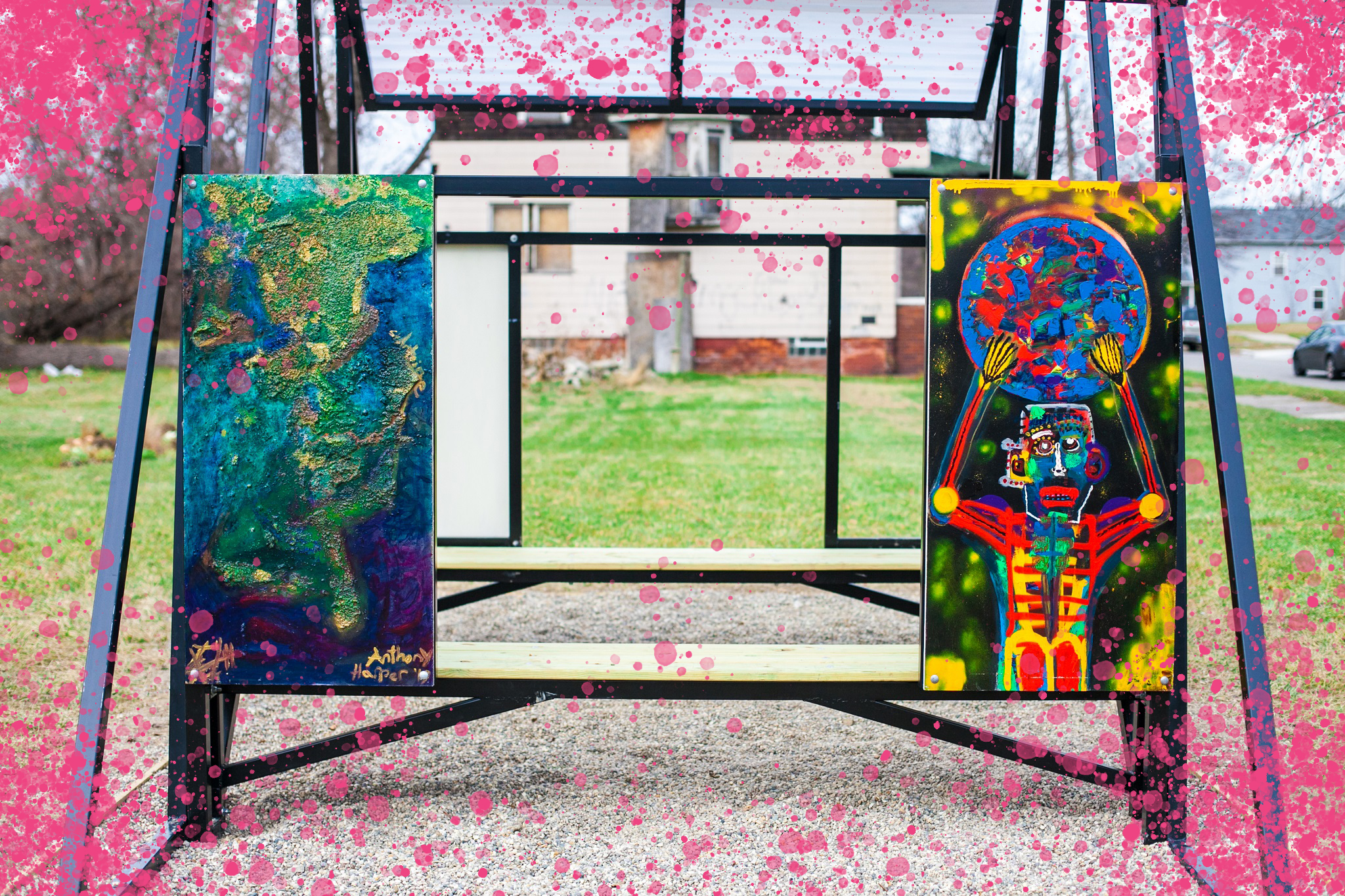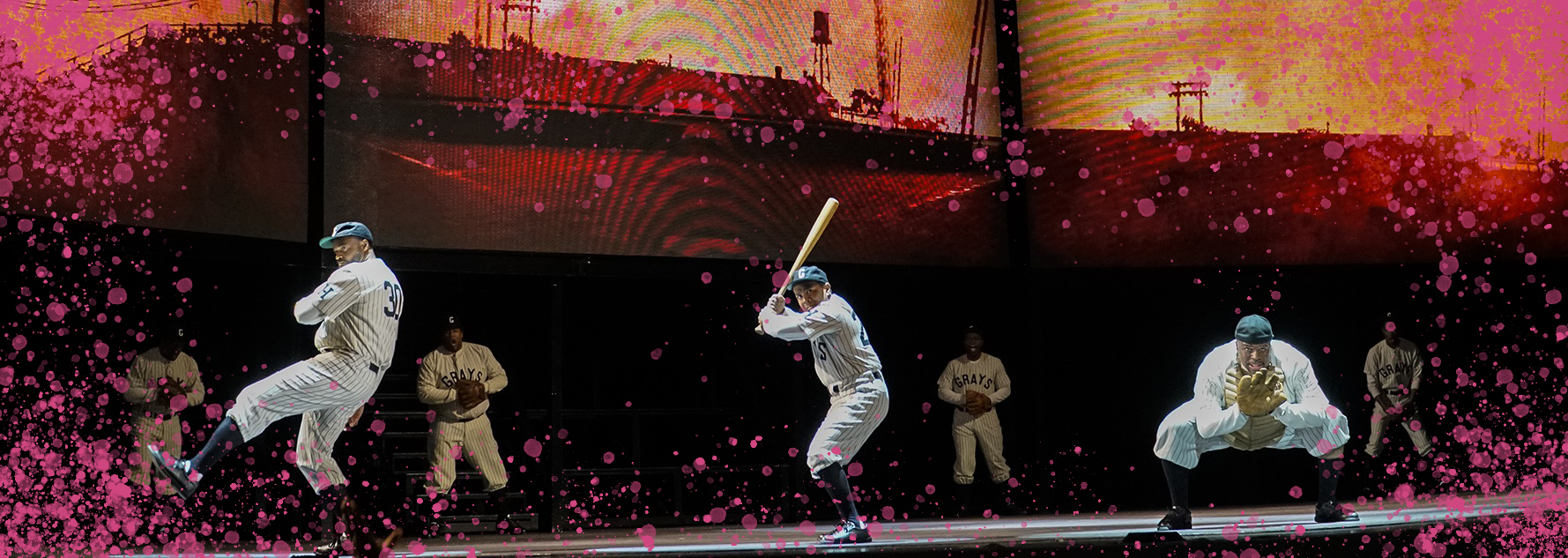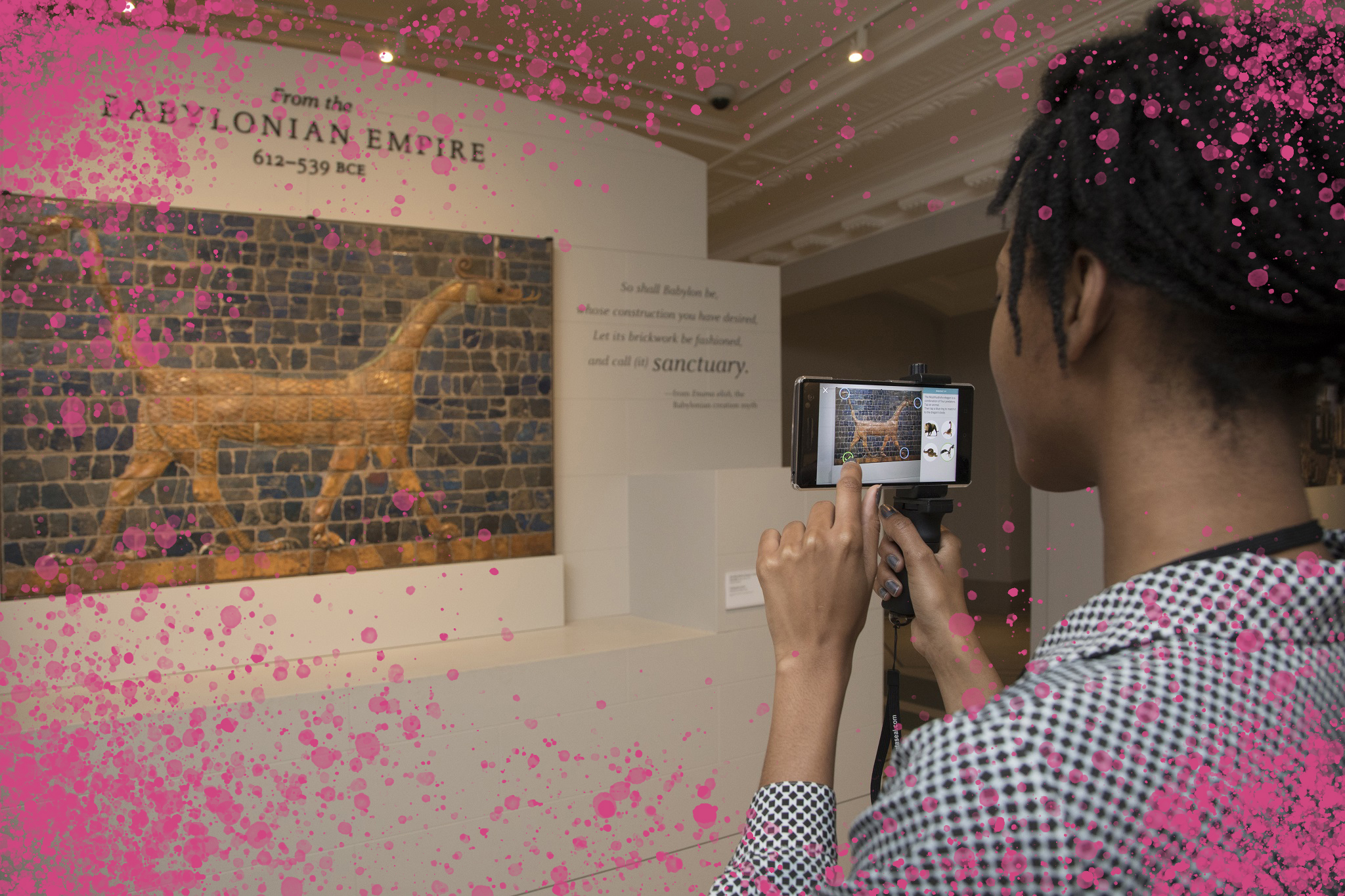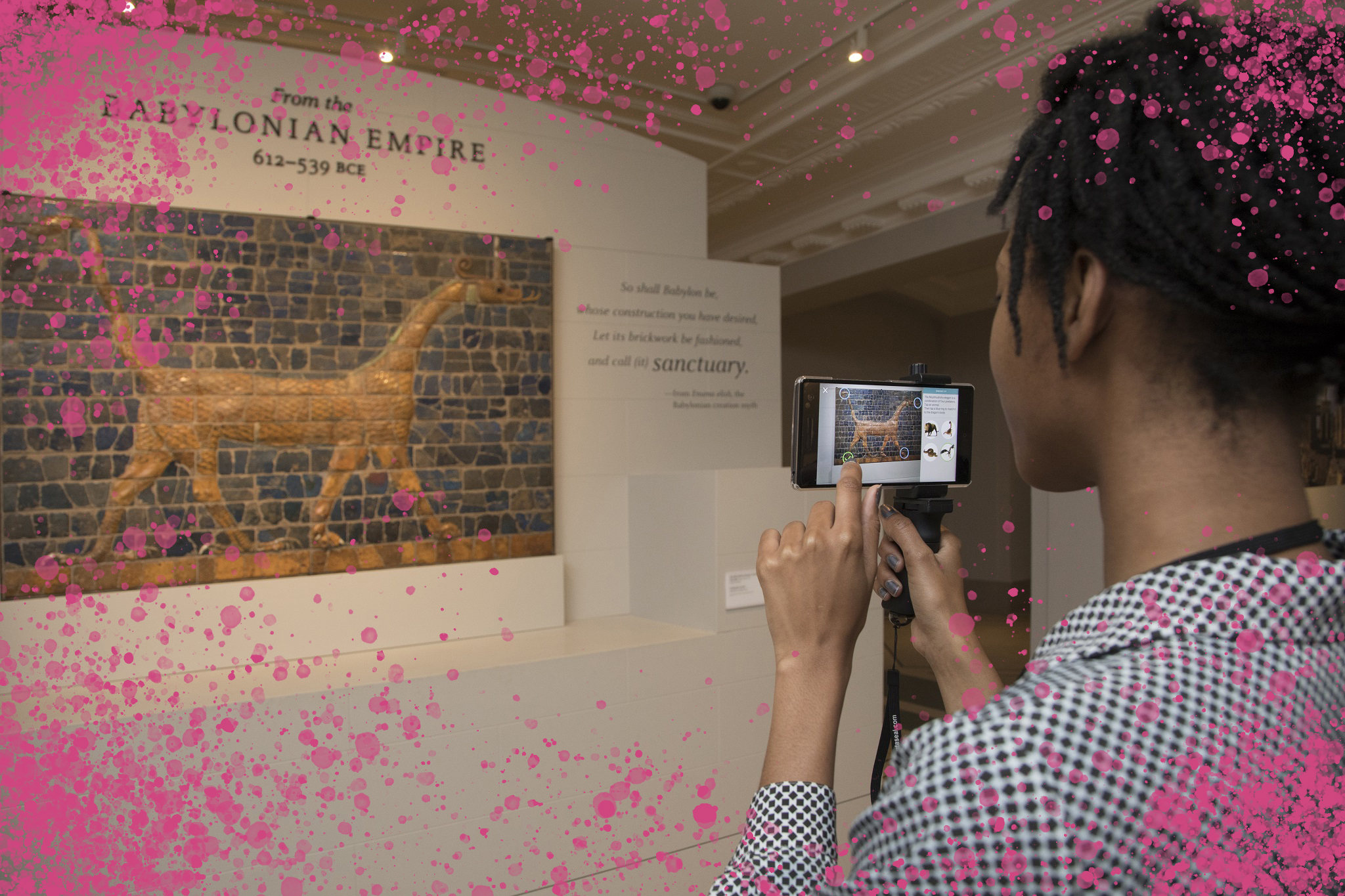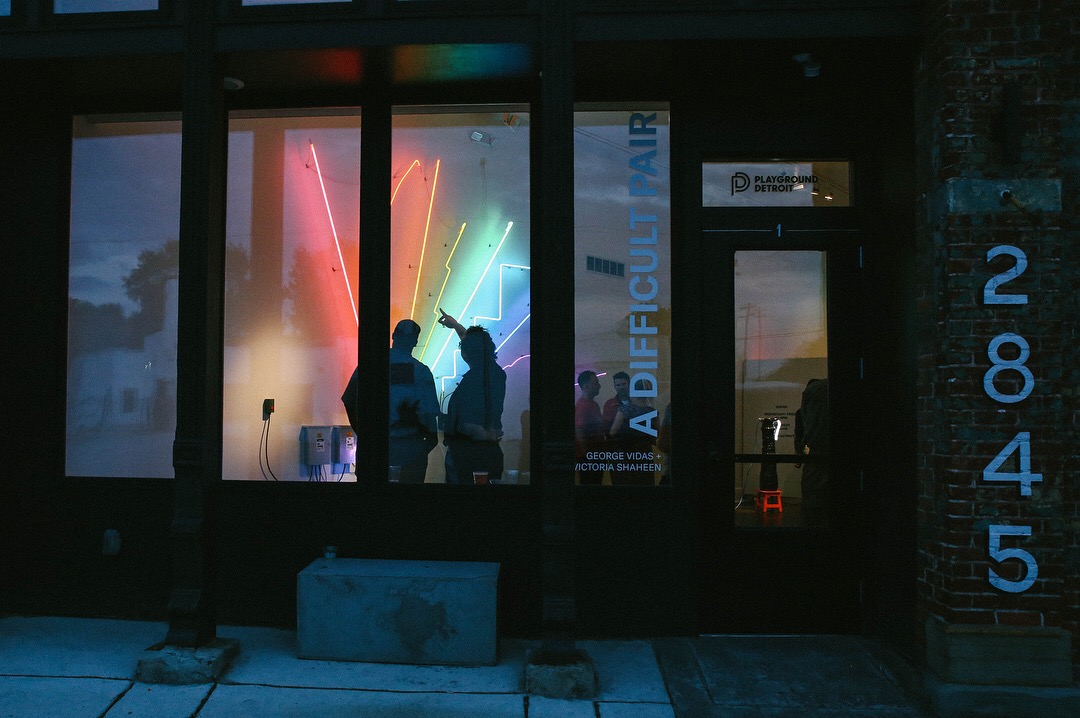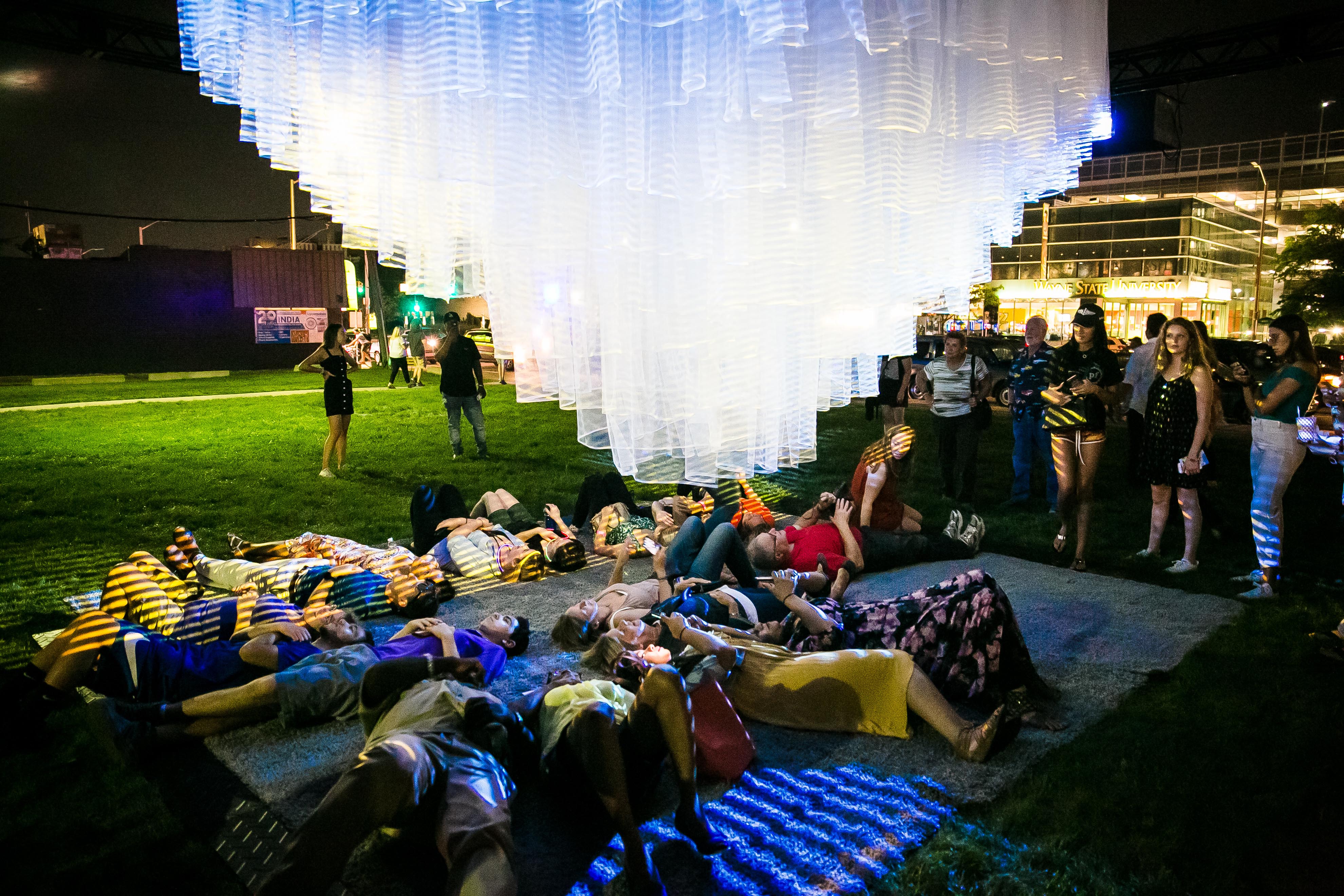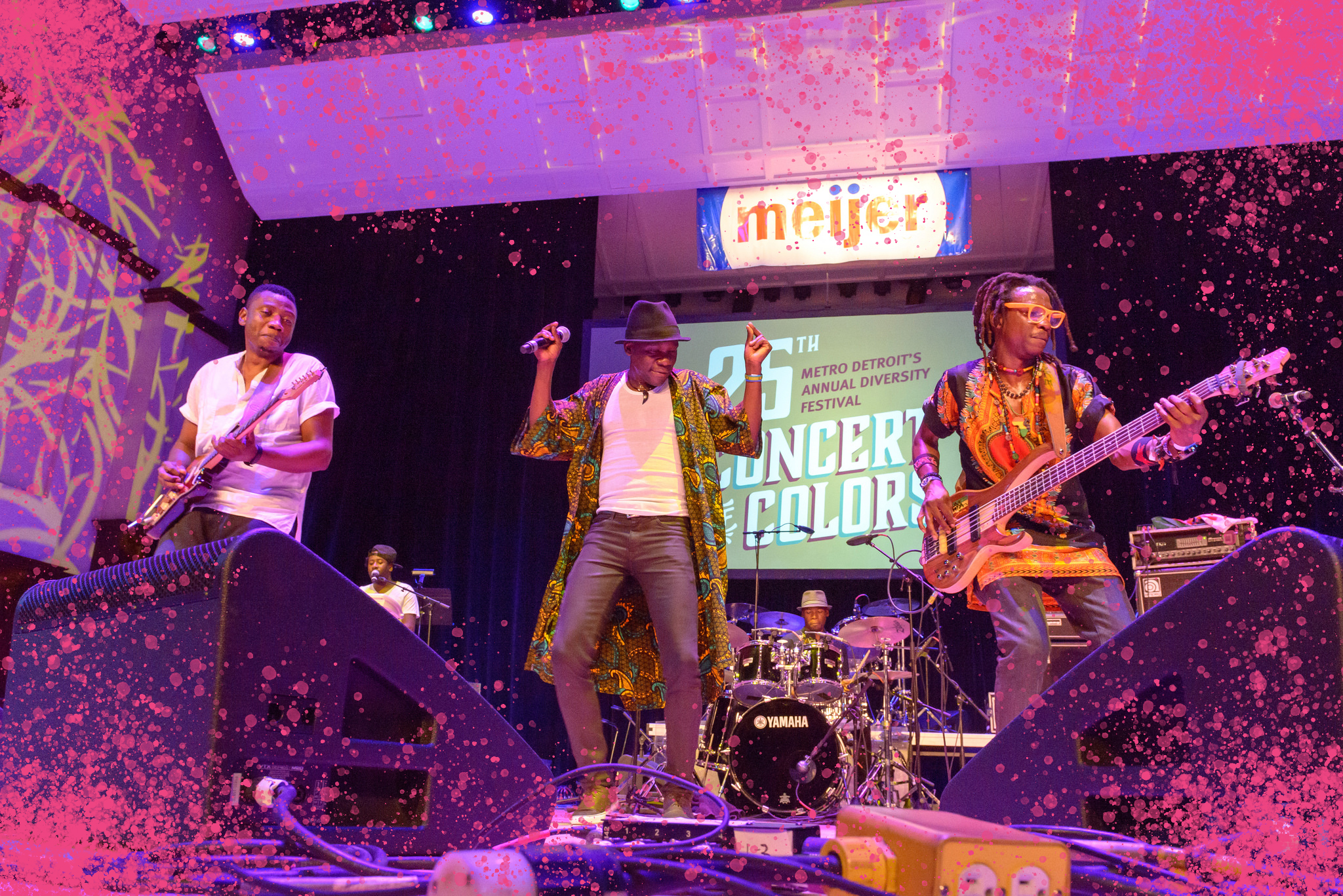
Seven ways the Detroit arts scene has changed – and transformed the city
On Oct. 31, 2018, Knight Foundation announced a $20 million investment to strengthen the arts in Detroit. Learn more about the announcement here.
The Great Recession hit Detroit’s arts community hard, just as it did nearly every sector of the city’s and the country’s economy. The real story is what came after.
The city came together around the arts. Through the “Grand Bargain,” philanthropic and public capital helped Detroit move through bankruptcy quickly, and corporations and foundations doubled down on their commitment to the sector as a whole. Residents, too, rallied around the arts, whether to attend a new performance, or donate to their local theater.
A new report commissioned by Knight Foundation looks at this growth. It reveals how the arts sector in Detroit not only expanded in the wake of the financial crisis, but became more vibrant, provided more economic opportunity for arts professionals and shaped the story of the city’s transformation.
Produced by TDC, the report draws from existing data and extensive interviews with local artists, residents and others to track progress made in Detroit’s creative sector and explore continuing gaps. It offers important lessons for mid-size cities with burgeoning arts scenes as they examine the impact of their own arts ecosystems.
Report findings also helped to inform a new $20 million Knight Foundation investment in the arts in Detroit. The support will build on momentum in the sector, helping arts organizations experiment and reimagine the way they interact with the public, as well as explore new business models to sustain their high-quality work.
Knight believes the arts have the power to inspire, challenge, bring wonder into our lives, and ultimately connect us to each other and the cities where we live. A thriving arts ecosystem requires talent and collaboration, as well as investment and community support. In charting the journey of arts in Detroit and supporting its growth, we hope to contribute to a stronger future for the city’s great art and artists.
Here are seven ways the Detroit arts scene changed between 2011 and 2015:
1. The arts had a transformative impact on Detroit: While Detroit’s population and economy took major hits, the arts helped create a common identity in the city. Of the 432 arts organizations operating in Detroit in 2015, 16 percent were formed since 2005. Growth in the arts sector helped burnish the city’s image as a hive of do-it-yourself, creative activity.
“When Detroit was at its lowest point, the arts doubled down on community investment when everyone else was gone.” —Detroit resident
2. Artistic activity and participation grew notably: Arts attendance has increased dramatically (17 percent city-wide, 28 percent by Knight grant recipients) in both the city and county in the last ten years. The growth is also reflected in the spending levels of arts organizations in Detroit, which declined during the recession but rebounded in 2015 to surpass 2005 levels.
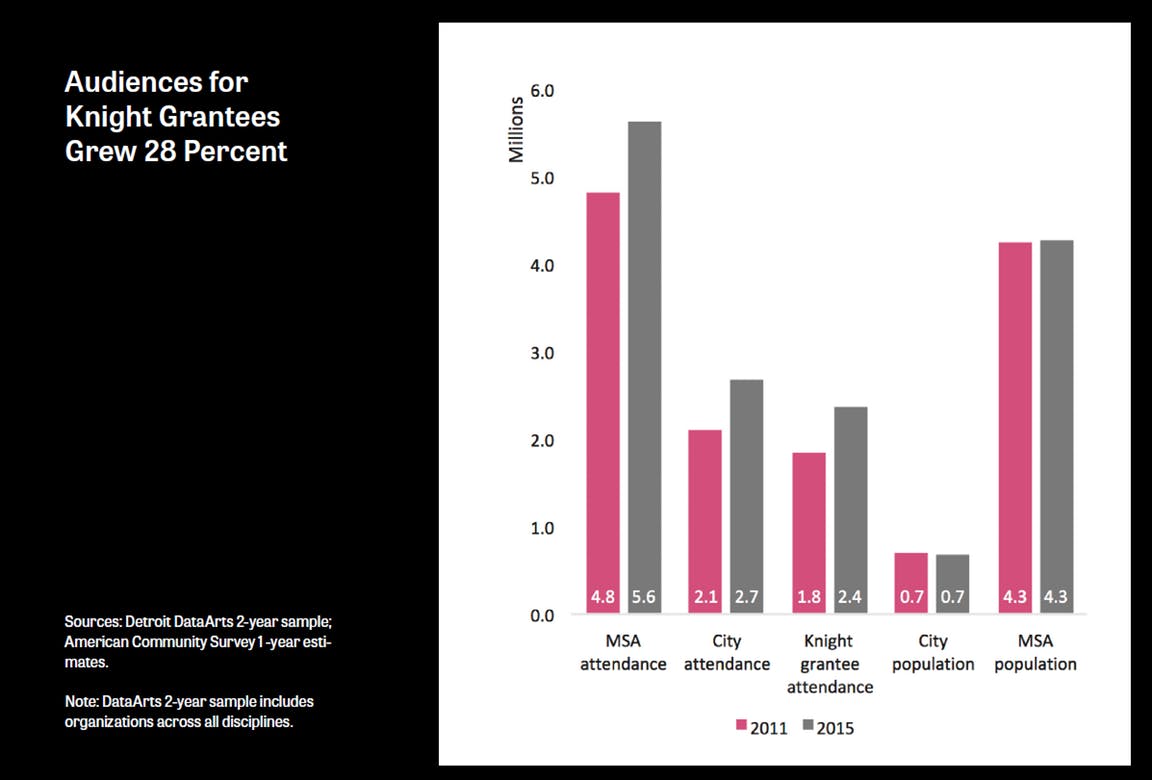
3. The arts has become part of the fabric of the city: Both the interviews with Detroit art influencers and the research highlight that arts and culture have become part of the fabric of Detroit and have taken on an important role in connecting people both to each other, and to the city. It has also been core to its reinvention.
“A growing number of galleries, arts alliances, artists working in group shows, diversity in the kinds of art being shown. There is just more!” —Detroit resident
4. Total revenue generated by arts organizations rose significantly: Revenue contributed from individuals and the public and private sectors, as well as earnings from programming, sales, rentals and investment grew by 40 percent between 2011 and 2015. Contributed revenue still accounts for well over half of all revenue generated by arts organizations, but program-related revenue and other revenue sources both increased substantially.
5. The number of jobs in the arts sector rose: Arts and culture has also served to bind people to the city and create professional opportunities. From 2011 to 2015, a period when Detroit experienced a net loss in jobs, there was still a 10 percent employment growth in the cultural sector.

6. Foundations and corporations have helped expand a vibrant arts scene: Foundation funding (47 percent) and corporate giving (21 percent) for arts in Detroit grew considerably from 2011 – 2015. Individual arts giving grew by 12 percent, but trailed the national growth rate of 27 percent for individual arts giving. Government funding (-13 percent) was the only contributed funding source to decrease.
7. There are still some big challenges, especially financial sustainability: Individual artists are still struggling to earn a living wage and arts organizations have little unrestricted capital. The percentage of organizations with less that 2.5 months of unrestricted net assets increased from 27 percent in 2005 to 38 percent in 2015. A growing number of them – about 38 percent – lack cash reserves or an adequate endowment. They must fundraise every year just to support operations.
Image (top): Mokoomba performs at Detroit’s 25th Concert of Colors, presented by the Arab American National Museum and supported by Knight Foundation. Knight is making a new $100,00 investment in the Concert of Colors via CultureSource to help develop the concert’s capacity to offer high-quality programming. Photo courtesy of the Concert of Colors. Color manipulations added by Knight Foundation.
-
Arts / Press Release
-
Arts / Press Release
-
Arts / Press Release
Recent Content
-
Artsarticle ·
-
Artsarticle ·
-
Artsarticle ·
